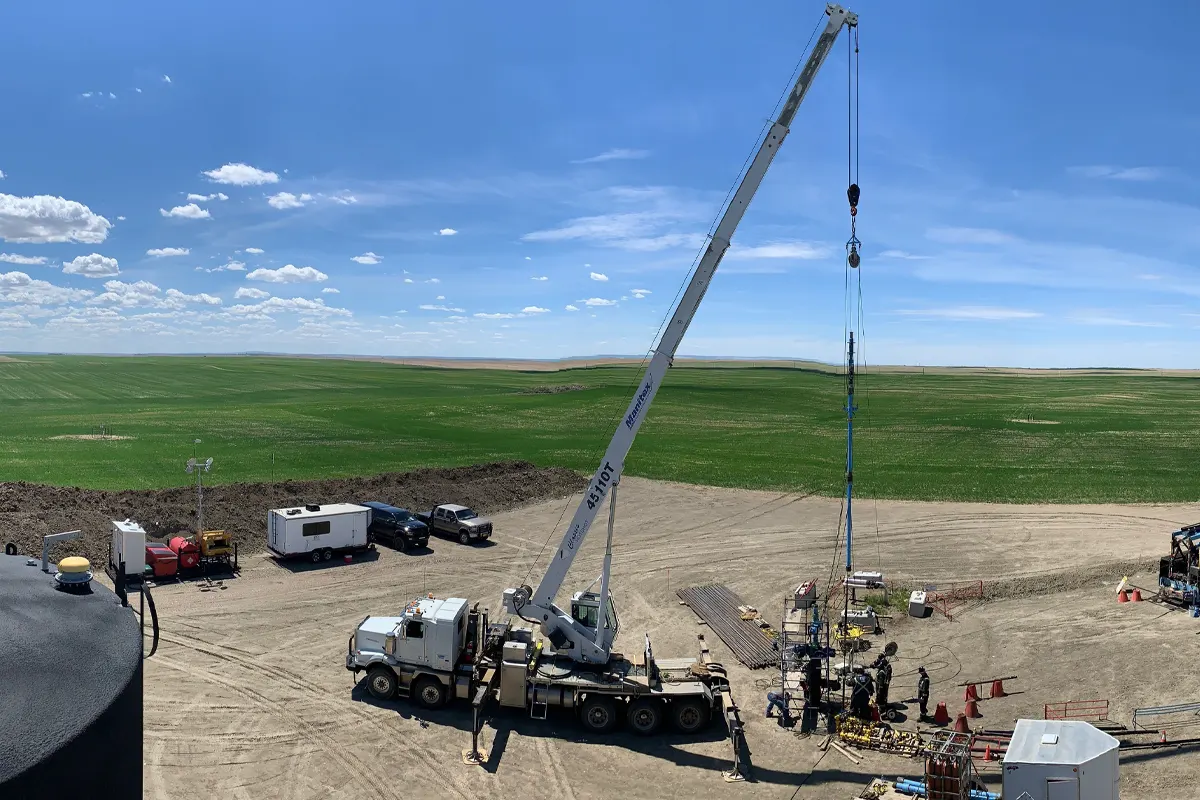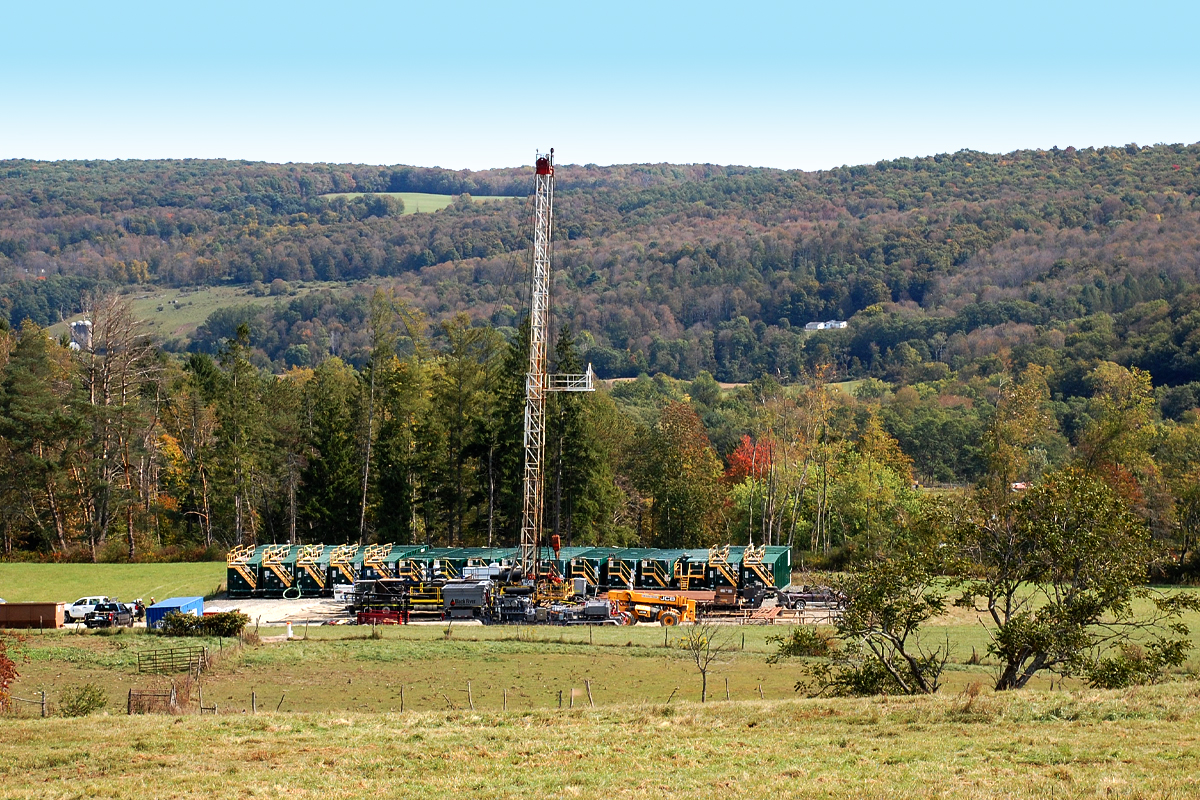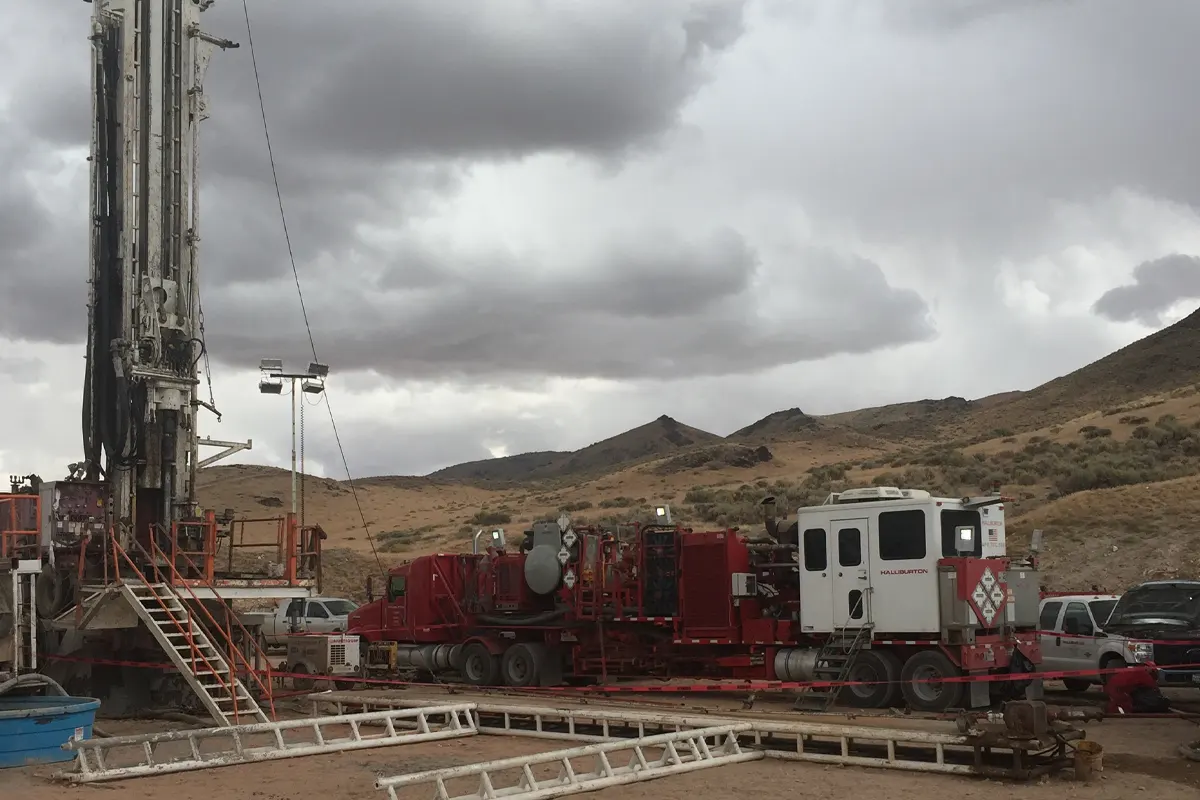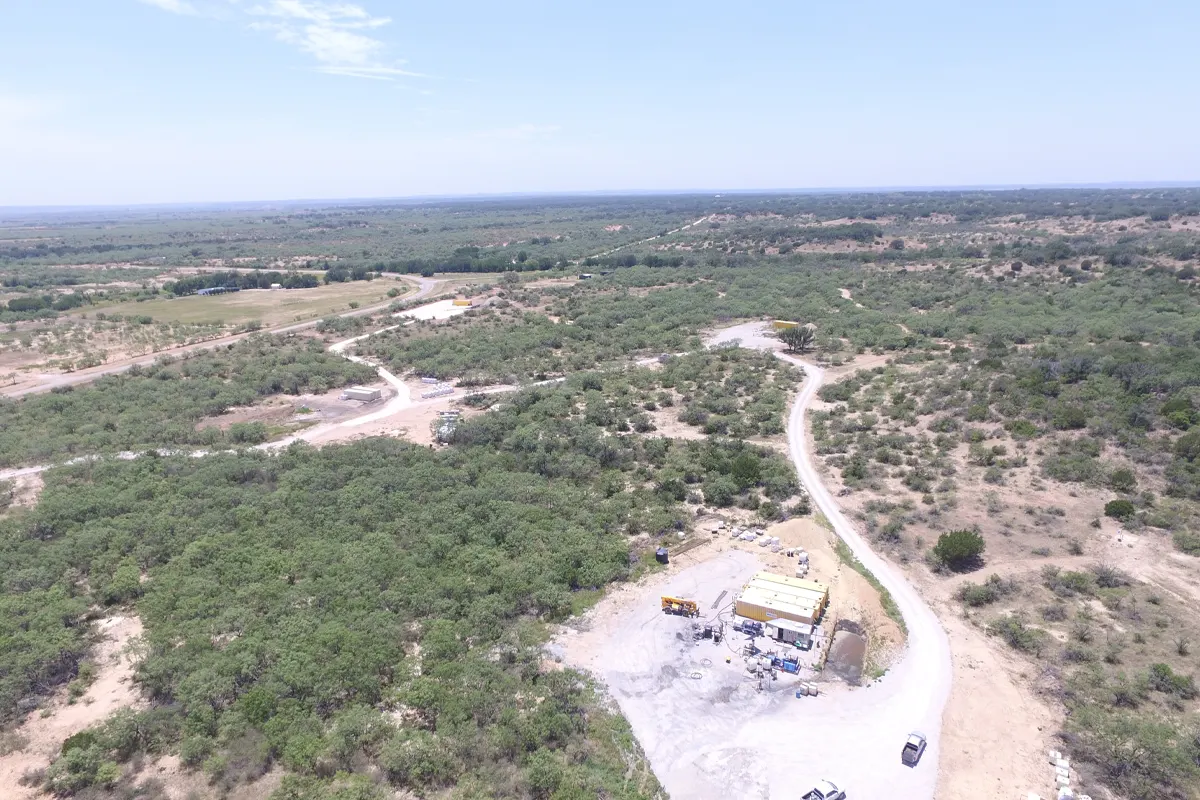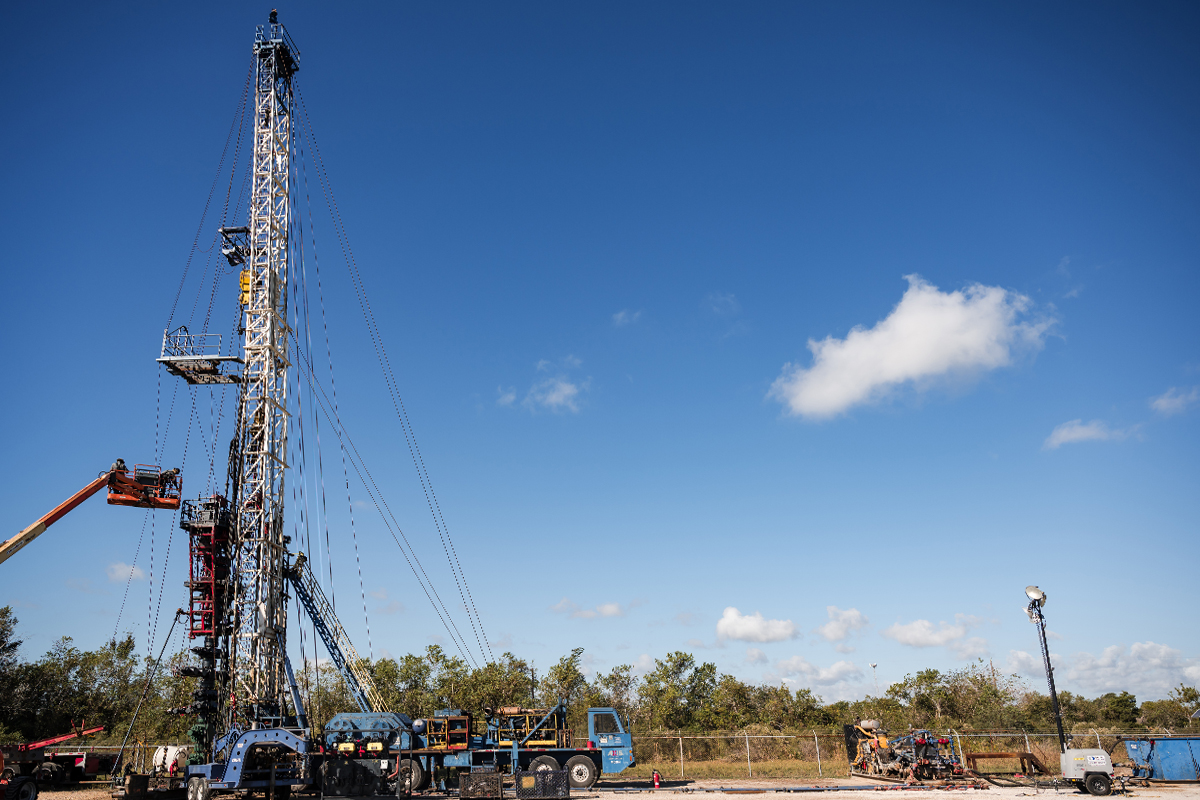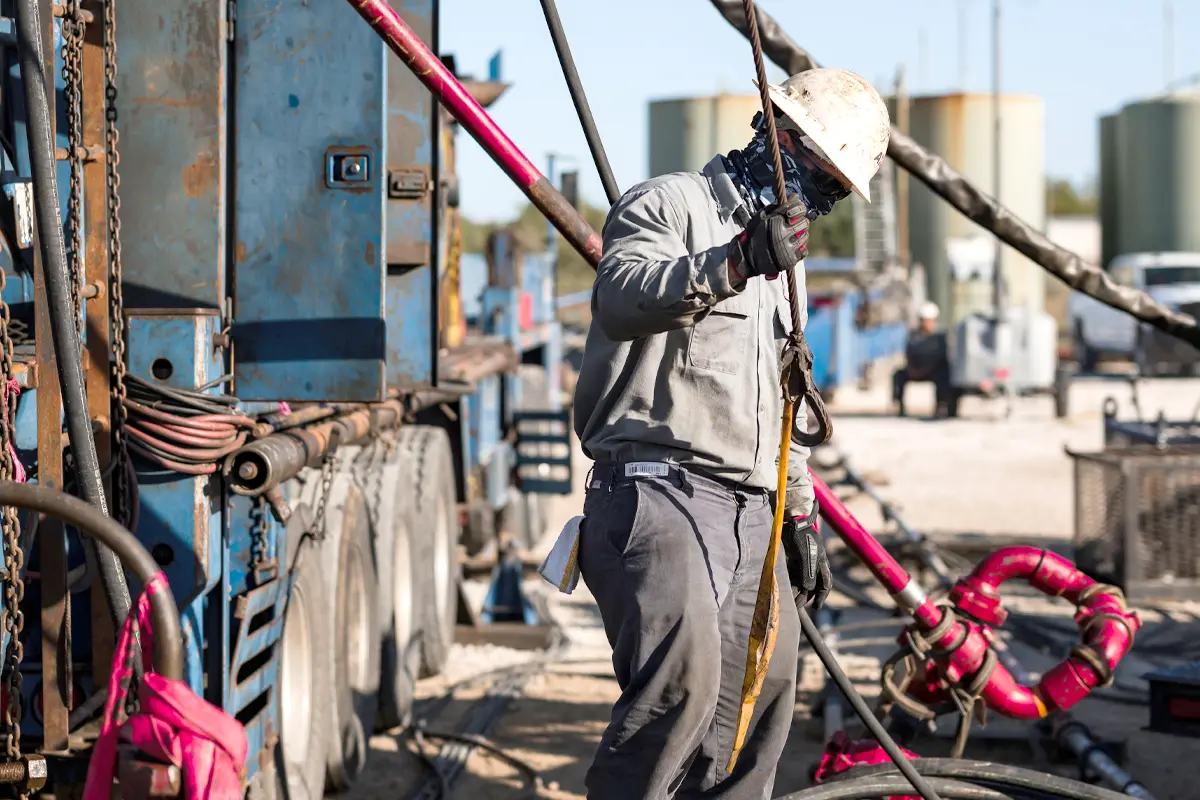Our Solution
Geomechanical
Energy Storage
The energy system is fundamentally changing. Cost-effective long-duration storage is essential for integrating and expanding the use of intermittent, renewable energy resources, such as wind and solar. Traditional pumped hydro storage is the largest and most cost-effective form of long-duration energy storage today. However, due to dependency on elevated terrain, pumped hydro storage has many constraints. Lithium-ion batteries are effective at storing energy for 2-6 hours, but they become prohibitively expensive at longer durations.
Quidnet Energy is pioneering a novel form of energy storage – Geomechanical Energy Storage (GES) – a modular, standardized solution that is widely deployable at a much lower cost.
Modular
Long Duration
Low Cost
Rapidly Deployable
Reliable
How it Works
GES stores energy as high-pressure water underground to meet the demand for reliable power. The entire module is built on conventional drilling technology and mature hydropower technology. Facilities operate with closed-loop water systems, designed for conservation against evaporative loss. The energy-storing rock bodies found abundantly throughout the world, intersecting with major electricity transmission and distribution hubs.
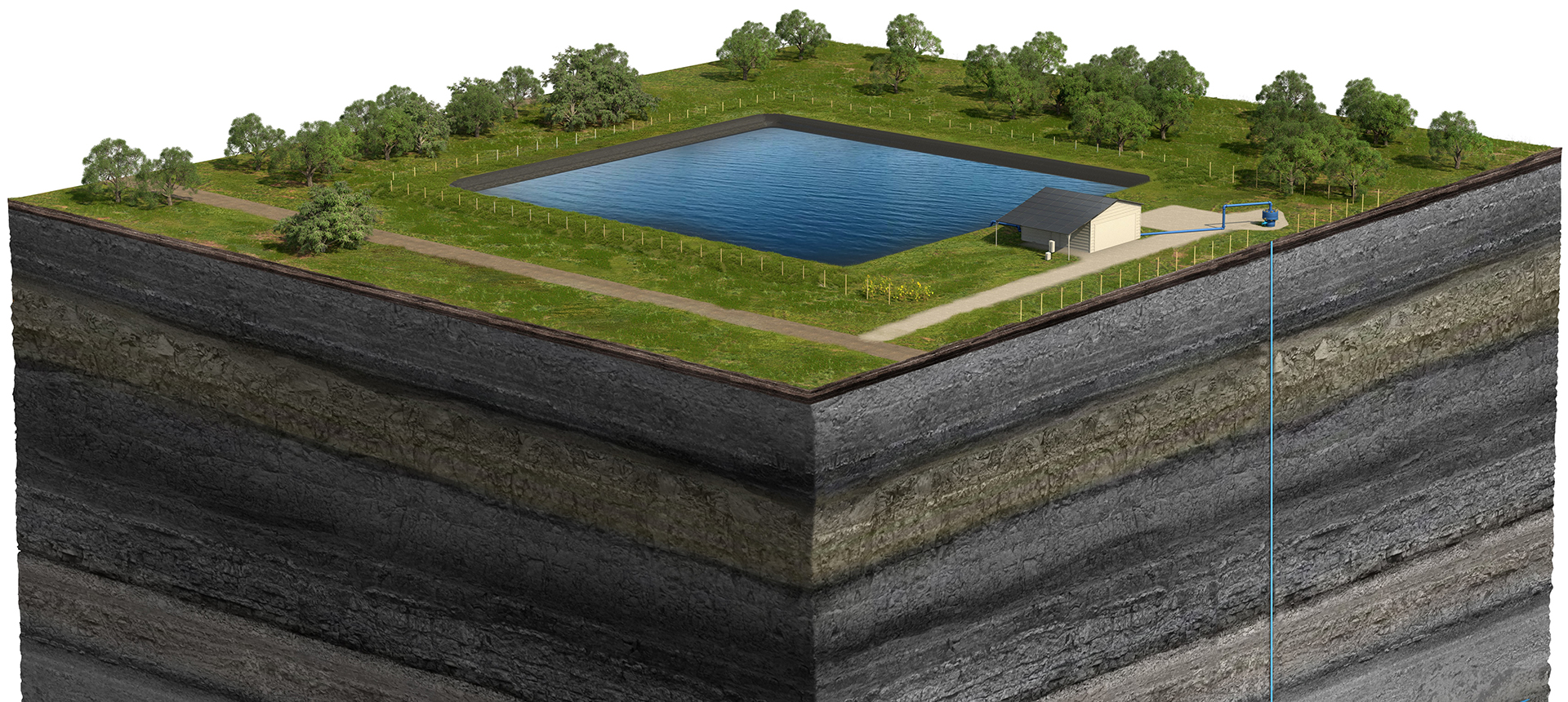
When electricity is abundant, it is used to pump water from a pond down a well and held under pressure.
The well is closed, keeping the energy stored under pressure between rock layers for as long as needed.
1.
When there is surplus electricity, it is used to pump water from a pond down a well and held under pressure.
2.
The well is closed, keeping the energy stored under pressure for as long as needed.
3.
Standard Production Process
Production of Geomechanical Energy Storage modules follow a standardized process and employ a universal basic design that is configured for a given project site or region. Multiple modules of the same design and configuration are produced to meet the total target capacity of the project site.
1.
Parts Procurement
Materials and subcomponents used in the GES module production process, such as pumps, motors, turbines, pipes, liners, and instrumentation are procured.
2.
Subsystem Production
The main Subsystems of a GES module – the Well, Surface Water Storage, and Power Conversion – are produced.
Well. Segments of steel piping are joined and lowered into a well drilled on the project site. The piping is fixed in place with cement, a physical connection is made to the surrounding rock body, and additives are injected to ensure proper hydraulic functionality.
Surface Water Storage. Plastic liners are attached to an Earthen pond created on the project site, along with piping and instrumentation, and filled with water.
Power Conversion. Mechanical subcomponents (e.g., pump / turbine) are connected to power subcomponents (e.g., motor / generator) and tied together with piping and associated instrumentation and controls.
3.
System Integration and Commisioning
The Well, Surface Water Storage, and Power Conversion subsystems are connected with each other and tied to the site power connection. The GES system then undergoes routine testing for commissioning and start-up operations.
Proven Technology
Through field tests across North America, Quidnet has demonstrated the viability of the Geomechanical Energy Storage technology in providing long-duration energy storage. Accelerated lifetime testing completed in the field provide real-world validation of GES as a long-life asset for supporting grid stability and delivering reliable power. Quidnet is currently focusing on commercial opportunities in and around Texas.
Modular Energy Storage
Quidnet unlocks the constraints of traditional pumped hydro to fundamentally change the economics and deployment profile of long-duration storage for delivering firm power at scale.
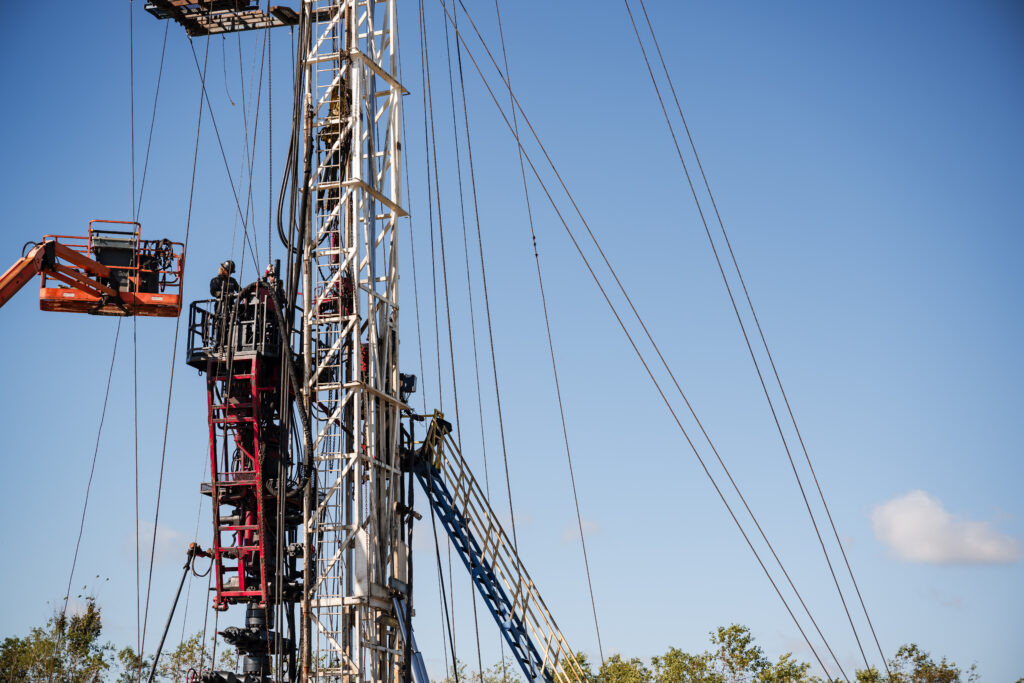 Rapidly Deployable
Rapidly Deployable
Existing supply chain delivers grid electrons faster
Already-scaled supply chains and workforces capable of GES deployment at GW-scale, annually.
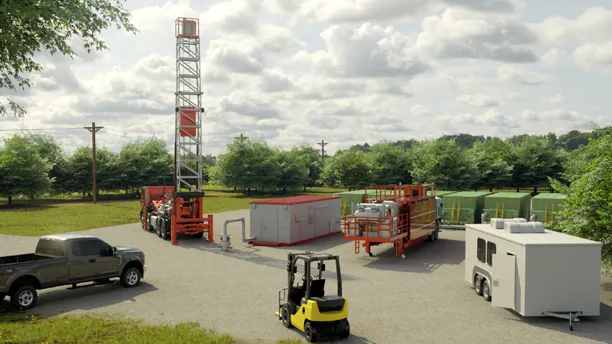 Modular
Modular
Standardized components and production process
GES production follow a standardized process and employ a universal basic design that is configured for a given project site or region.
 Long Duration
Long Duration
Capacity to provide firm power and enhance grid resiliency
GES systems are designed to offer 10-100 hours of storage, depending on the market’s needs.
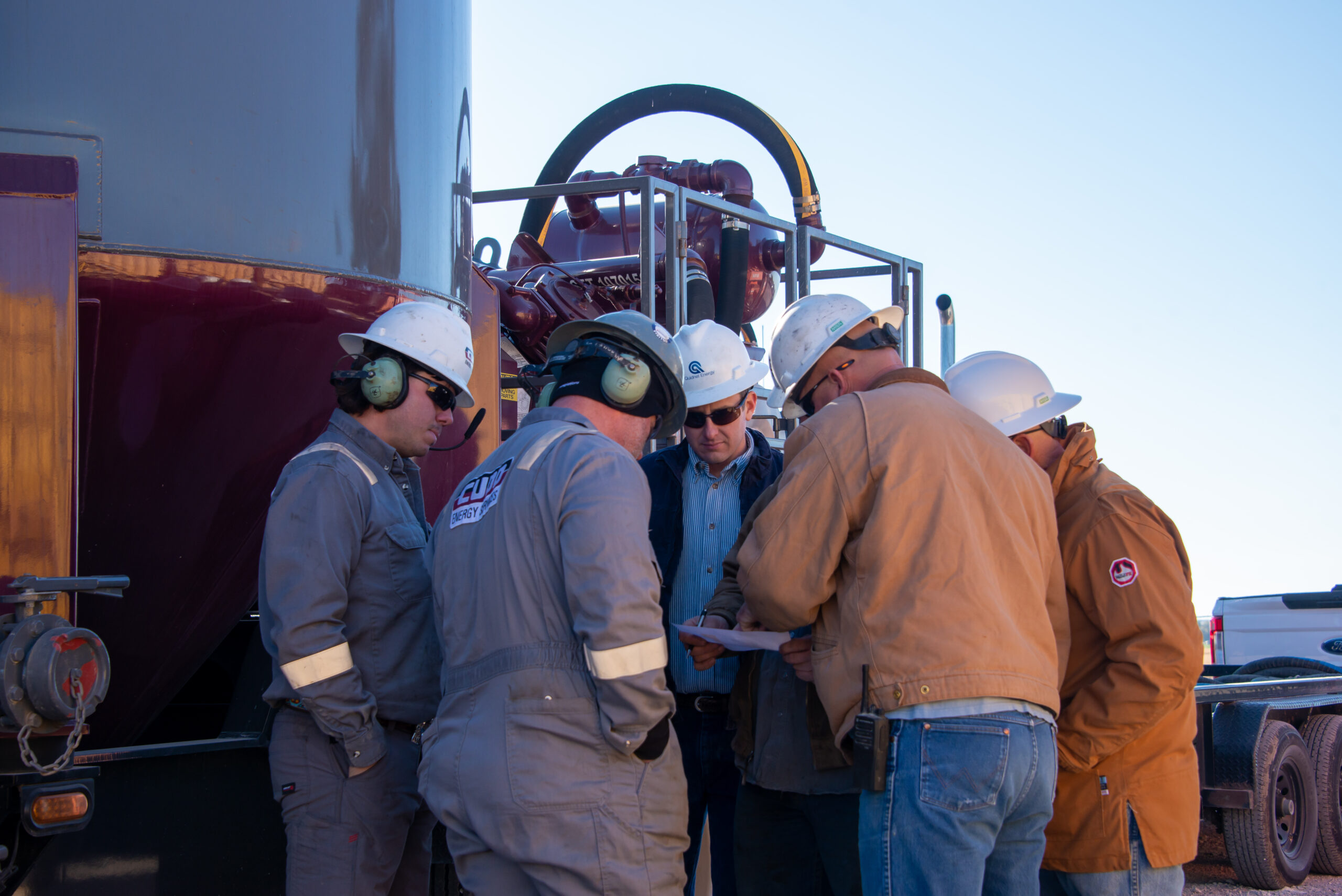 Reliable
Reliable
Proven components from established suppliers
Key GES equipment and subcomponents are provided and serviced by mature suppliers from well-established industries with multi-decade track-record of quality.
Union of Concerned Scientists



